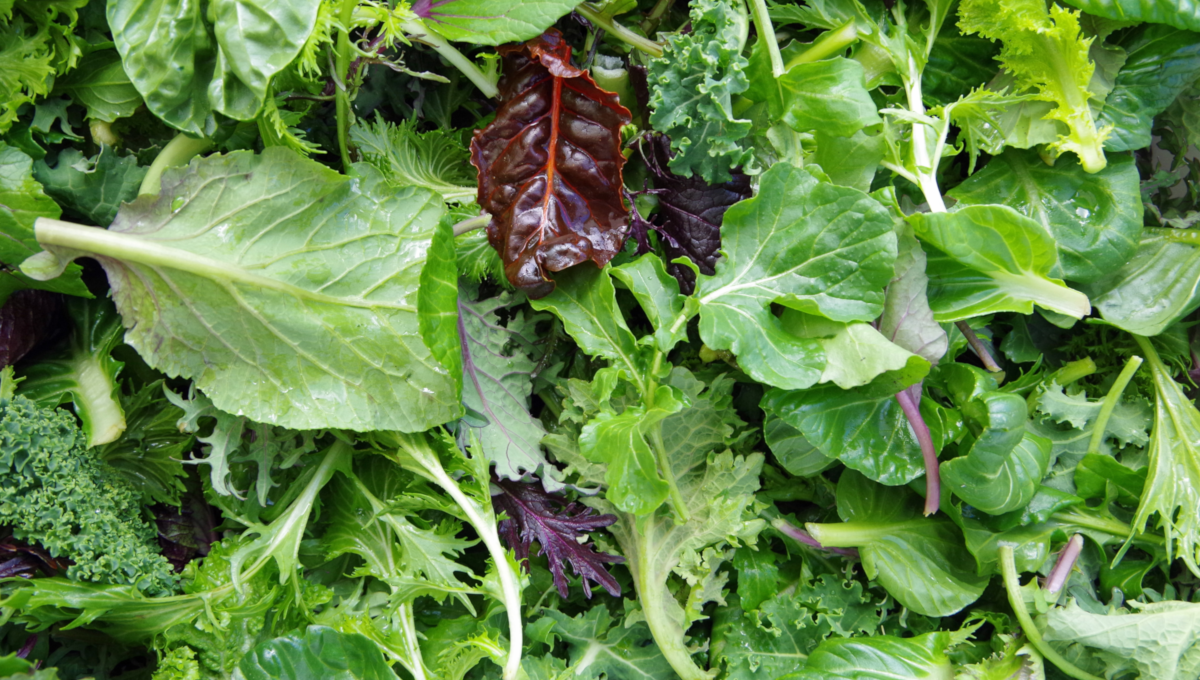Researchers from The Ohio State University have conducted a study on the attribution, burden and economic costs of foodborne illnesses associated with leafy greens in the United States. The study, led by Xuerui Yang and Robert Scharff, sheds light on the impact of leafy greens on public health and the economy. Leafy green vegetables, including lettuce, spinach, and kale, are widely consumed and recognized as a major source of foodborne illnesses.
This study aimed to provide comprehensive estimates specifically focusing on the attribution and burden of illness associated with leafy greens. The study combined data from three outbreak-based attribution models with illness incidence and economic cost models to develop detailed estimates for leafy greens and their subcategories. The findings reveal that leafy greens are attributed to up to 9.

18 percent of foodborne illnesses caused by identified pathogens, with an estimated annual incidence of up to 2.3 million illnesses in the United States. Furthermore, the economic cost of these illnesses is substantial, reaching up to $5.
278 billion annually. The most common pathogens associated with leafy greens include Norovirus, Shiga toxin-producing Escherichia coli (STEC), Campylobacter, and nontyphoidal Salmonella. Among leafy greens, lettuce accounts for the highest percentage of outbreaks, illnesses, and costs.
Notably, romaine lettuce is particularly significant, with nearly 20 percent of Shiga toxin-producing Escherichia coli O157:H7.























